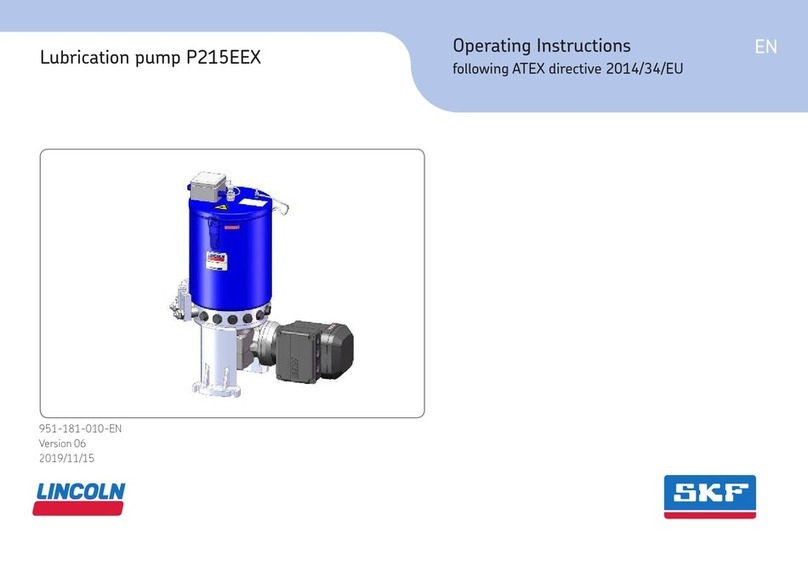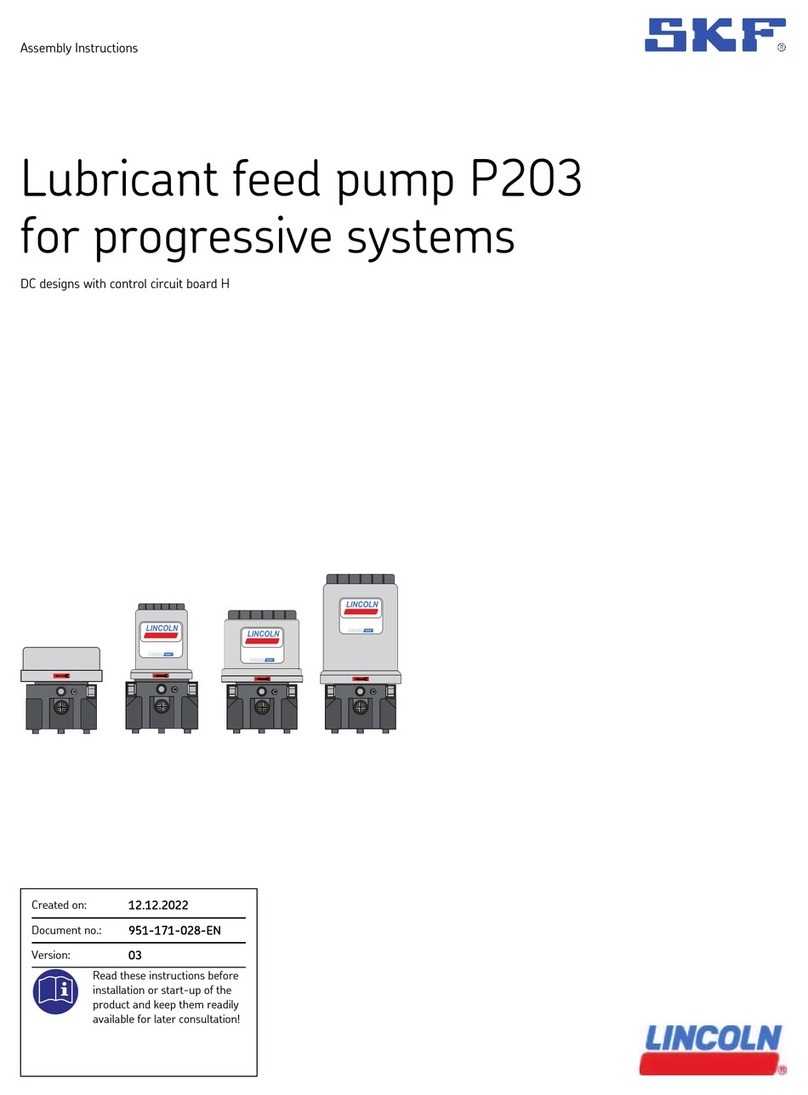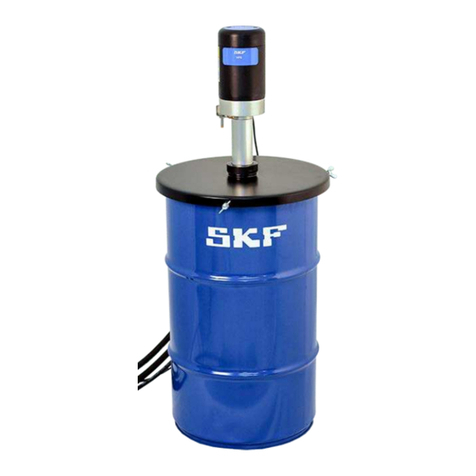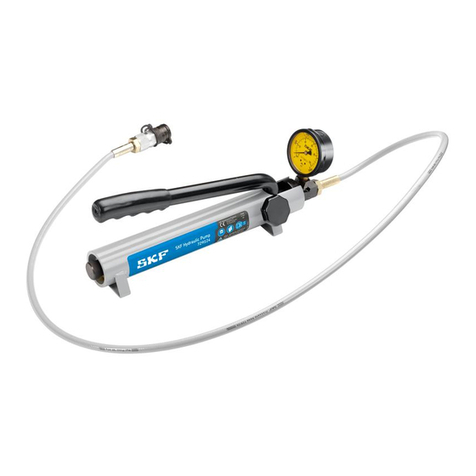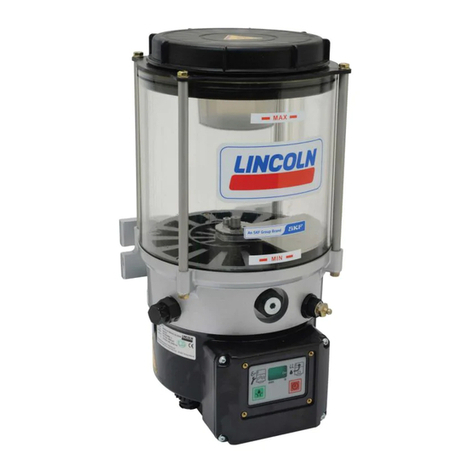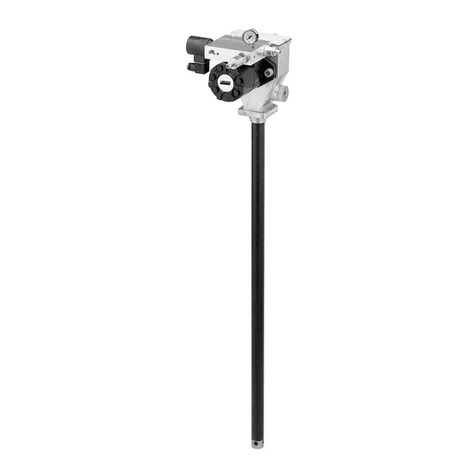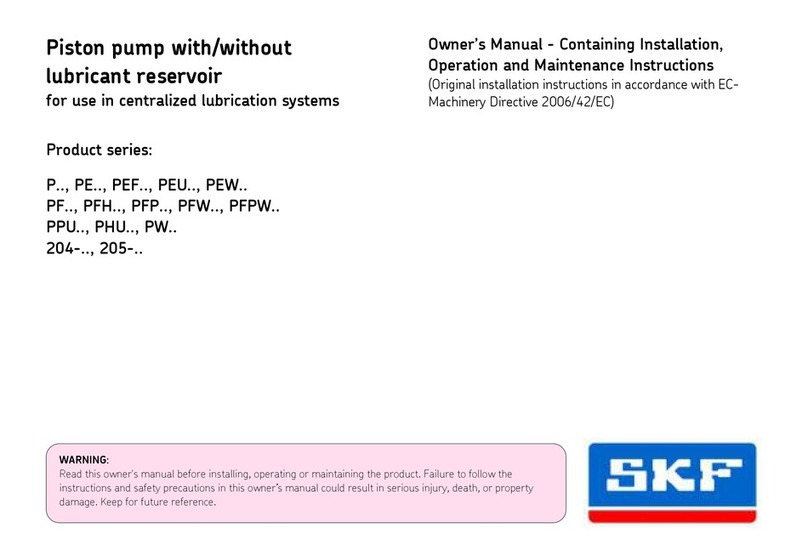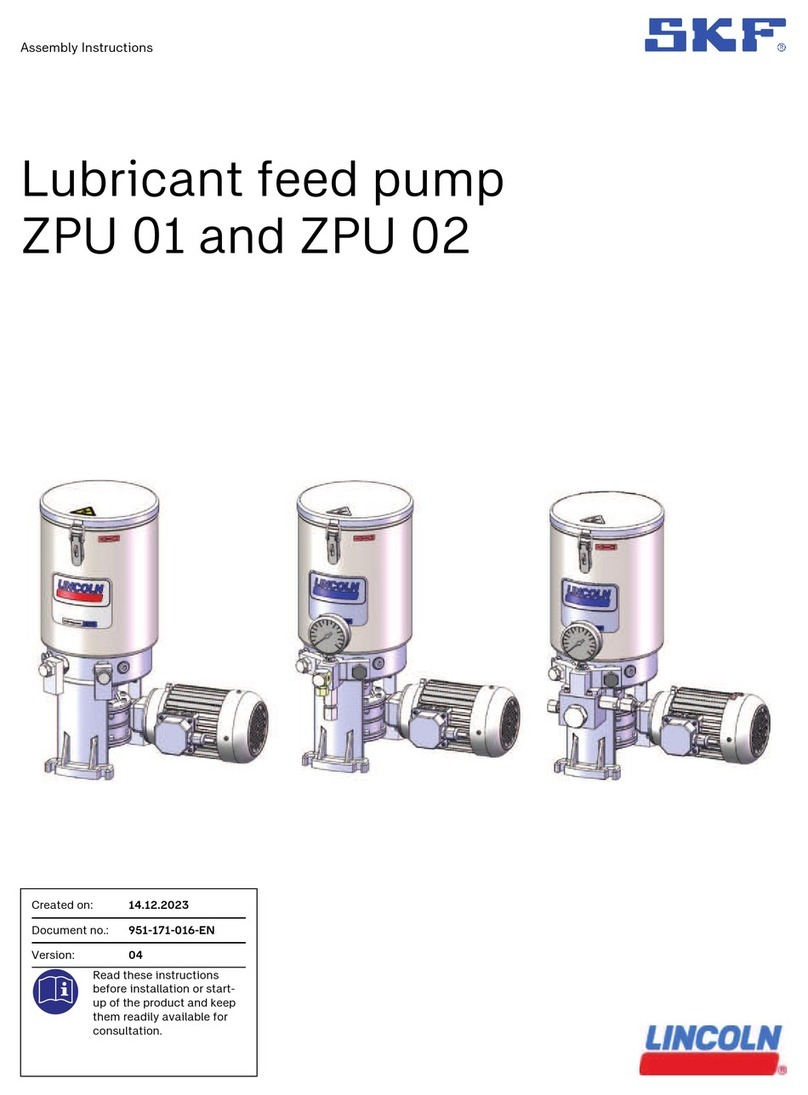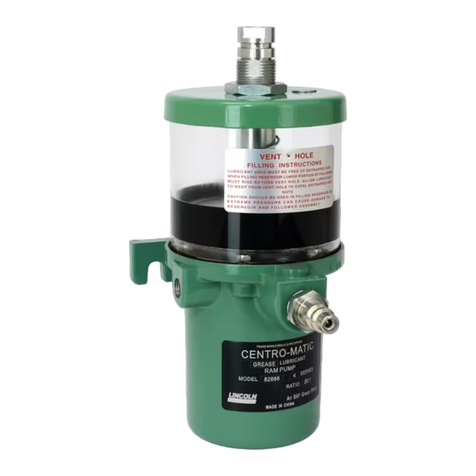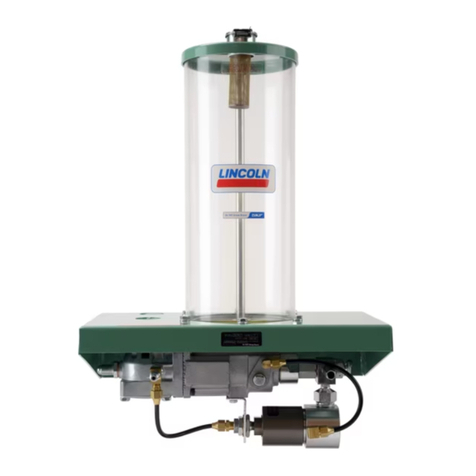
5
Table of contents
Masthead........................................................................................................................................................................................ 4
Table of contents ............................................................................................................................................................................ 5
Safety alerts, visual presentation, and layout ................................................................................................................................. 7
1. Safety instructions ...................................................................................................................................................................... 8
General safety instructions ....................................................................................................................................................8
General electrical safety instructions ..................................................................................................................................... 8
General behaviour when handling the product ...................................................................................................................... 8
Intended use.......................................................................................................................................................................... 8
Persons authorized to use the product ..................................................................................................................................9
Foreseeable misuse .............................................................................................................................................................. 9
Referenced documents ......................................................................................................................................................... 9
Prohibition of certain activities ...............................................................................................................................................9
Painting plastic components and seals.................................................................................................................................. 9
Safety markings on the product ...........................................................................................................................................9
Notes on the type plate...................................................................................................................................................... 10
Note on Pressure Equipment Directive.............................................................................................................................. 10
Notes on CE marking ........................................................................................................................................................ 10
Notes related to the UKCA marking................................................................................................................................... 10
Note on EAC marking........................................................................................................................................................ 10
Note on China RoHS mark ................................................................................................................................................ 11
Emergency shutdown ........................................................................................................................................................ 11
Assembly, maintenance, fault, repair................................................................................................................................. 11
First start-up, daily start-up................................................................................................................................................ 11
Residual risks .................................................................................................................................................................... 12
2. Lubricants ................................................................................................................................................................................. 13
General information ............................................................................................................................................................. 13
Material compatibility ........................................................................................................................................................... 13
Temperature properties ....................................................................................................................................................... 13
Aging of lubricants ............................................................................................................................................................... 13
Avoidance of faults and hazards.......................................................................................................................................... 13
Solid lubricants .................................................................................................................................................................... 13
3. Overview, design & operation................................................................................................................................................... 14
General description ............................................................................................................................................................. 14
3.1.1 SKF 40PGA pump..................................................................................................................................................... 14
3.1.2 Single-line SKF MonoFlex Lubrication system .......................................................................................................... 14
System operation................................................................................................................................................................. 15
Main components ................................................................................................................................................................ 16
Connections......................................................................................................................................................................... 17
Pneumatic connection ......................................................................................................................................................... 17
Electrical connections.......................................................................................................................................................... 17
4. Technical data .......................................................................................................................................................................... 19
Technical specification ........................................................................................................................................................ 19
Type identification code....................................................................................................................................................... 19
4.2.1 Dimensions and weight ............................................................................................................................................. 20
5. Delivery, returns, storage.......................................................................................................................................................... 21
Delivery ............................................................................................................................................................................... 21
Return shipment .................................................................................................................................................................. 21
Storage................................................................................................................................................................................ 21
Storage temperature range ................................................................................................................................................. 21
Storage conditions for products filled with lubricant............................................................................................................. 21
5.5.1 Storage period up to 6 months .................................................................................................................................. 22
5.5.2 Storage period between 6 and 18 months................................................................................................................. 22
5.5.3 Storage period more than 18 months ........................................................................................................................ 22
6. Installation ................................................................................................................................................................................ 23
General information ............................................................................................................................................................. 23
Installation position .............................................................................................................................................................. 23
6.2.1 Minimum assembly dimensions................................................................................................................................. 23
6.2.2 Mounting.................................................................................................................................................................... 23
Lubrication line connection .................................................................................................................................................. 25
